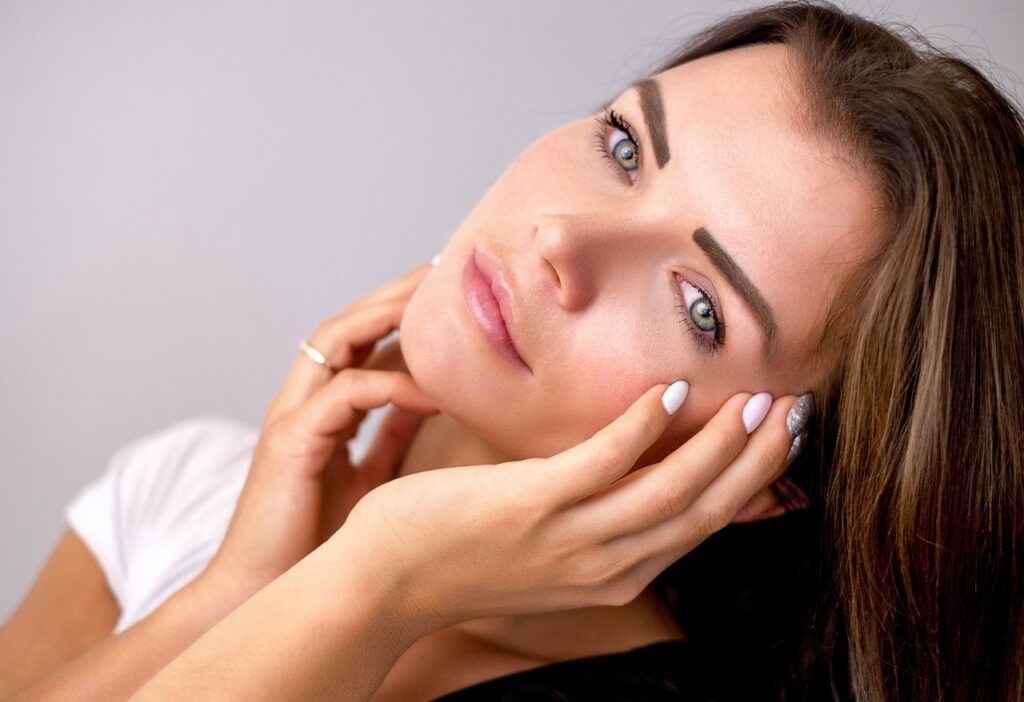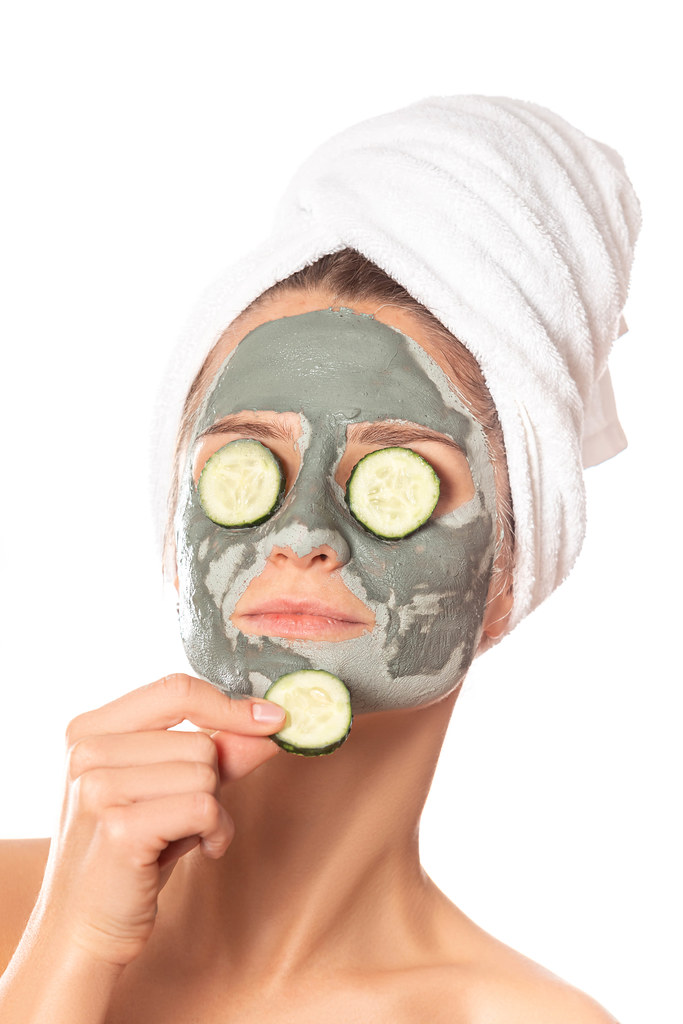
Achieving flawless skin can seem daunting, but it largely depends on understanding your specific skin type; this knowledge is the cornerstone of an effective skincare routine. By recognizing your skin type, you can choose products that truly complement your skin’s needs, enhancing their effectiveness.
Every skin type—be it dry, oily, sensitive, normal, or combination—has distinct characteristics that require tailored care. Using products that are unsuitable for your skin can exacerbate existing issues or create new ones; for example, oily skin types must focus on products that reduce excess oil while maintaining hydration, whereas dry skin requires intensive moisturization to relieve tightness and flakiness. Thus, understanding your skin type is essential for crafting a personalized skincare strategy that delivers results.
You can easily identify your skin type at home using two effective methods: the Bare Faced Method and the Blot Sheet Method. These simple tests allow you to discover your skin’s needs at your own pace, making the process both convenient and enlightening.
The Bare Faced Method comprises cleaning your face with a soft, mild cleanser and then leaving it bare—without any additional items. After roughly 25 to 30 minutes, ensure to take note of your skin. A dry skin indicates that it is tight and seems flaky. A glossy or greasy appearance implies oily skin. If you notice that your skin are both oily and dry, you have a combination of both. Finally, if your skin feels neither oily nor dry, then you likely have normal skin.

In contrast, the Blot Sheet Method makes use of blotting papers to measure oil output. After cleaning your skin, press a blotting sheet across various sections of your face. By bringing the sheet up to the light, you can see how much oil it has absorbed. A sheet full of oil represents oily skin, a little oil shows combo skin, and minimal to no oil signifies normal or dry skin. Both approaches are decisive of your skin type, but you should test at different times to account for day-to-day fluctuations in your skin’s response.
Identifying your skin type includes studying your skin’s response over time and in various conditions. Therefore, it is vital to understand that your skin type might change due to factors including age, weather, stress, and hormonal changes.
Ultimately, recognizing your skin type is key to achieving glowing, healthy skin. This essential step leads you toward a skincare routine specifically designed to address your skin’s unique challenges and enhance its natural beauty.
After determining your skin type through the Bare Faced or Blot Sheet Method, you can begin exploring additional skincare elements tailored to your needs and preferences.

Focusing on dry skin, which indicates a lack of moisture, can lead to tightness, flakiness, and irritation; thus, hydration is crucial. It’s also important to be mindful of the ingredients in your skincare products—always prioritize rich, creamy moisturizers that include humectants like glycerin and ceramides to effectively lock in moisture and keep your skin supple.
Oily skin is characterized by overactive sebaceous glands that produce excess oil, resulting in shiny skin and clogged pores, often leading to breakouts. Managing oily skin requires striking the right balance by using products that control oil production without stripping the skin of essential moisture; look for non-comedogenic, oil-free products enriched with salicylic acid or glycolic acid to help clear acne, along with lightweight, water-based gels and clay masks to absorb excess oil while preserving hydration.
Combination skin features both oily and dry areas, typically with an oilier T-zone (forehead, nose, chin) and drier cheeks. To care for combination skin effectively, use different products for different areas; a gentle cleanser that maintains the skin’s balance is ideal, ensuring that each zone receives tailored attention without complications.
For those with normal skin, the focus is on maintenance rather than treatment of specific conditions. Normal skin benefits from a balanced regimen that nurtures its natural state, requiring a gentle cleanser, lightweight moisturizer, and consistent sunscreen application. Although not prone to extreme dryness or oiliness, it’s still essential to shield normal skin from environmental stressors and the signs of aging.

Understanding your skin type is an ongoing journey, as factors like environment, age, and stress can influence its condition. Regularly reassessing your skin type and adapting your skincare routine ensures that your skin remains healthy, vibrant, and radiant, no matter the circumstances.
Related posts:
How to Determine Your Skin Type—And Why it Matters
What Is My Skin Type?
What Is My Skin Type and Why Does It Matter?




